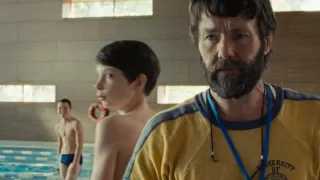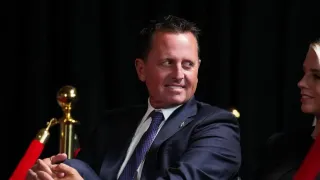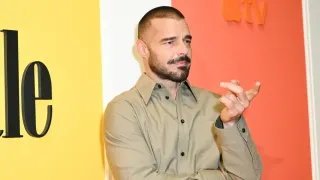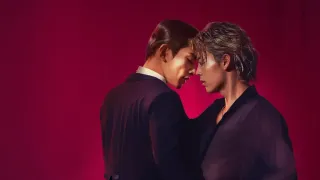December 17, 2024
40 Years (and Counting), the Trocks Continue to Delight
Nicholas Dussault READ TIME: 12 MIN.
Tory Drobin, the artistic director of Les Ballets Trockadero de Monte Carlo (The Trocks) joined the company in 1980, when this all-male ballet troupe was a downtown NYC sensation. 40 years later, they continue to astound with their mix of professional ballet and comedy.
The professional dance company's repertoire includes all the classic and modern works, faithfully re-created right down to the tutus and toe shoes. Imagine strong, athletic men en pointe or in flight with as much grace as a world-class ballerina performing the role of a princess or a swan. And yes, it's okay to laugh. They want you to. Their comedy is on point with their dance.
This talented troupe of male ballet dancers in full drag has been delighting audiences since 1974, a time when no man danced en pointe. The gender reversal was initially a downtown, down-low, subversive art form performed late at night. The audience was largely LGBTQ+ people at a time when the gay rights movement was in its infancy. The combination of extraordinary dance and outrageous, bawdy humor caught on, and the Trocks have, over the past half century, graced some of the greatest stages around the world.
Luckily, it's time for their bi-annual return to the Joyce Theater in New York City with a delightful holiday show for the hometown. Tory Dobrin, the Trocks' artistic director, promises two programs performed in repertory that "would be enjoyable for everybody."
EDGE recently spoke with Dobrin, who began his career with The Trocks as a dancer in 1980, as he prepared for their 2024 performance.






